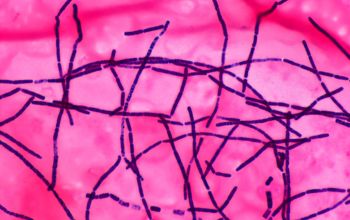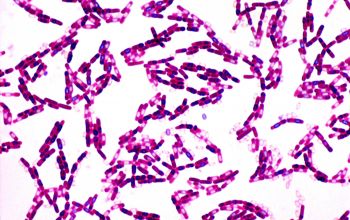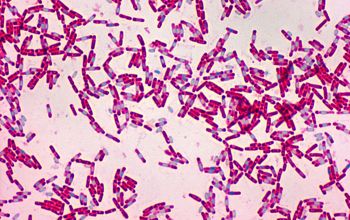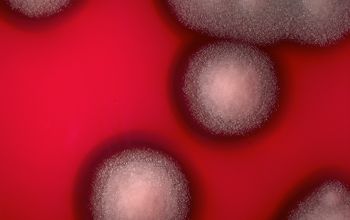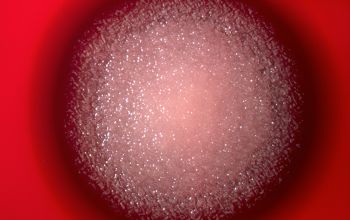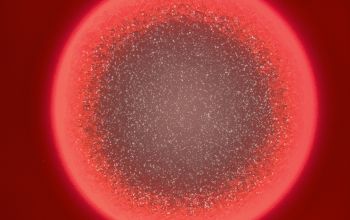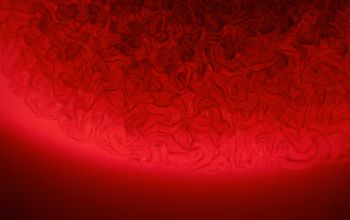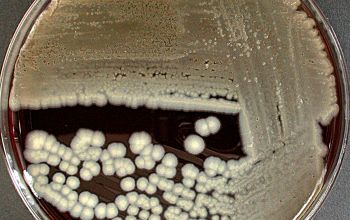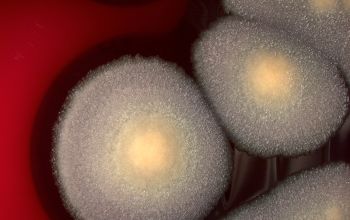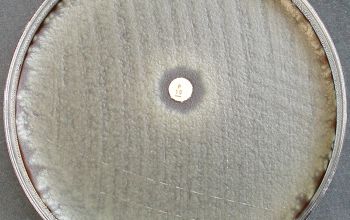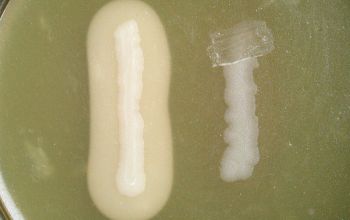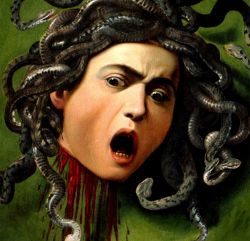Bacillus cereus
-
General information
Bacillus cereus group: B.anthracis, B.cereus, B.mycoides, B.thuringiensis
Taxonomy
Family: Bacillaceae
Natural habitats
Spores are widespread in the environment, e.g. soil, water, air or foods
Clinical significance
B. cereus is pathogenic of human and mammals, causing foodborne illness and opportunistic infections (e.g. endophtalmie, keratitis, septicemia, meningitis, endocarditis, pneumonia, osteomyelitis, urinary infections, cutaneous infections).
It is a destructive ocular pathogen.
-
Gram stain
Gram positive rods, with square ends,
1.0-1.3 x 3.0-5.0 µm
(only B.cereus group + B.megaterium >1 µm)
The bacilli tend to occur in chains
(appearance of bamboo)
Spore shape: ellipsoidal, (cylindrical)
Spore position: subterminal (central of paracentral)
Sporangia swelling: negative
-
Culture characteristics
-
Facultative anaerobic
BA: colonies are large, 6-7 mm, matte, opaque, whitish to cream with a "winding" edge, HEMOLYTIC.
Under the microscope one sees innumerable long, threadlike chains, consisting of bacilli, "Medusa Head".
Smooth and moist colonies are possible.
No capsule present
BBAØ: growth
-
-
Characteristics
-
References
James Versalovic et al.(2011) Manual of Clinical Microbiology 10th Edition
Karen C. Carrol et al (2019) Manual of Clinical Microbiology, 12th Edition

